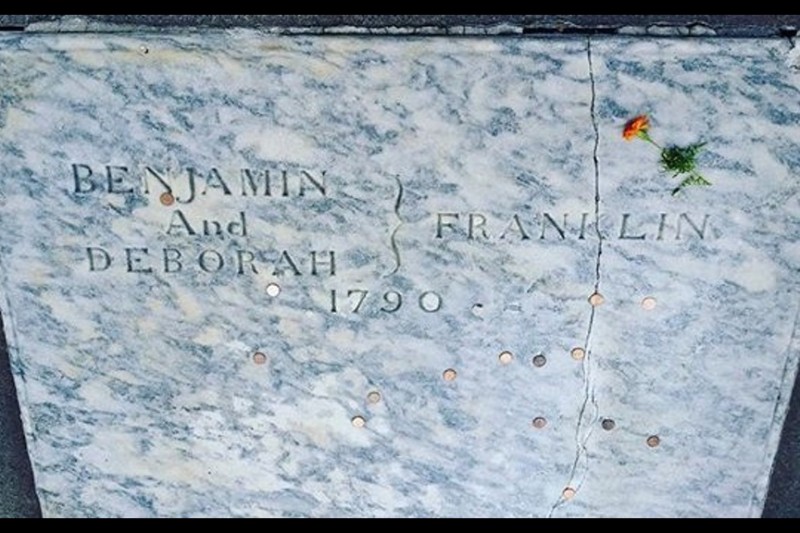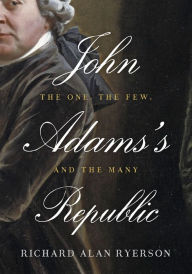“On the floating zephyrs of heaven”
When we left off the 1859 book Twelve Messages from the Spirit of John Quincy Adams, the spiritual medium Joseph Stiles had just channeled Adams’s meeting in the afterlife with George Washington.
Washington’s presence leads to another discussion of the evils of slavery. The spirit of Charles Follen, Harvard professor and abolitionist, joins in.
Having brought on Washington, where could the book go next? The next message puts Adams back into conversation with the spirit of Peter Whitney. Who? He was a minister in the Adamses’ home town of Quincy from 1800 to 1843. The two longtime acquaintances have a longer discussion about the spiritual world. A much longer discussion.
Message XI then shows us jubilant freed slaves, Jesus forgiving Judas, and James Monroe—which seems like a bit of an anticlimax.
The spirits divide into four groups. The leaders of the first three groups are, naturally, Josephine, Joan of Arc, and Napoleon. Adams says, “The Commander of the Fourth Division now arrests my attention. He was an intelligence. of invincible will and firmness, yet ever yielding when convinced he was in the wrong”—Thomas Paine!
Adams praises his mother, recalling how they watched the smoke from the burning of Charlestown in 1775. Abigail responds at equal length, describing how America needs good mothers.
Finally we reach the twelfth message. It starts with a look at “The Sphere of Prejudice and Error,” which includes “The Circle of Intolerance,” “The Circle of Bigotry,” and so on. The people who carried out what the book calls the “Massacre of St. Bartholomew” are there, for instance. Reflecting a deep misunderstanding of Islam, Muslims are in “The Circle of Idolatry,” though “the once partially inspired Spirit of the Prophet Mohammed had long since unfolded into the blessed Religion of the Only True God,—the Ever-living Jehovah.” And thus we conquer intolerance and bigotry.
But there’s still more to learn.
Adams then turns back down to visit George Jeffreys, Lord Chancellor during the “Bloody Assizes” of the 1680s. We read another critique of the Fugitive Slave Act. Adams sees the martyr Jane Grey leading spirits to enlightenment. He describes welcoming “Calhoun, Clay, and Webster” to the afterlife. And after checking off all those boxes the former President offers readers a closing exhortation:
Ye who are travelling the ways of darkness, come forward, and aid us to start this Juggernaut of Truth on its glorious march of victory, until the Demon of Error, and its hideous children, Ignorance, Superstition and Bigotry, are crushed out of existence, beneath the ceaseless rotations of its ponderous wheels!But that’s still not all! Just as Stiles finished writing Adams’s last message, “another spirit…immediately took possession of his arm.” He wrote out a letter to Adams from another spirit in a different handwriting. This is none other than George Washington again, expressing regret at slavery:
I am aware that the holding of human beings in bondage was incompatible and at war with the mighty cause for which I was so vigorously contending. And gladly would I have rid myself of this incubus to my happiness,—this source of deep mental anxiety. But the strong prejudices of that age were not easily surmounted, and they wound around me a fortress which my better feelings and impulses could not then storm.After Adams’s brief reply, Stiles wrote out the signatures of “five hundred and forty individuals,” all in different handwritings and some in unintelligible scribbles so we know they must come from ancient cultures. And anyone who can write out five hundred different people’s signatures has got to be trustworthy.
Now it turns out that the notebooks in which Stiles originally wrote all this out survive in the Library of Congress. (To get there, by the way, they passed through the hands of Harry Houdini.) John Benedict Buescher has investigated those documents and shared his findings in this P.D.F. report.
Sadly, Buescher discovered that the text Stiles wrote under the influence of John Quincy Adams’s spirit is quite different from what was published. Material was moved around, shortened, lengthened, and reworded. Hancock, Henry, Warren, Arnold, and others originally made no appearances in Adams’s messages. So I’m sorry to say that the published book is not a reliable account of the afterlife.
Buescher also explored the reception for the book. William Lloyd Garrison, who actually gets a shout-out of praise from Adams’s spirit, responded with less than enthusiasm in The Liberator:
While, with unfeigned respect and good-will to Mr. Stiles…, we feel constrained to pronounce the claim set up for the spiritual origin of this work as preposterous and delusive, we are nevertheless highly gratified with its many excellent and fearless sentiments on the subject of slavery, war, the rights of woman, universal reform, and everlasting progression…The Spiritual Telegraph, which we might expect to praise these revelations, stated:
We rather regard them as coming from that mid-region of dreams and phantasmagoria which is made up of the exuviae and odds and ends of all celestial, infernal and mundane spheres, agglomerated into mental and visual forms correspondent with the predominant associative spirit-thought and desire, and with the existing mediative susceptibilities.And The Spiritual Age stated:
In fact, so markedly is the style throughout that of an uncultivated youth, and so different from what we should expect from the “Sage of Quincy,” the “Old Man Eloquent,” that it is difficult to believe he had any hand—or anything more than a hand—in it.But then the Civil War broke out, and the parts of the book that warned of national division over slavery—particularly the parts said to come from Washington himself—gained new respect. “Had the people of this country been sufficiently enlightened to investigate these messages fairly, they would have seen that there was sufficient evidence that this warning really came from Washington,” wrote Joseph Rodes Buchanan in 1887.
Joseph Stiles went on to a long career as a performing medium. He died in Weymouth in 1897 at the age of sixty-nine.









